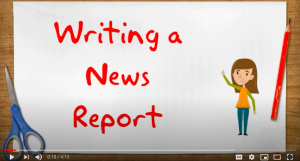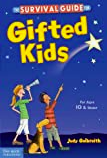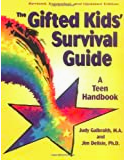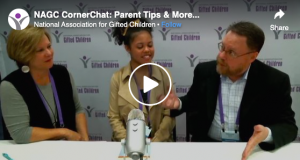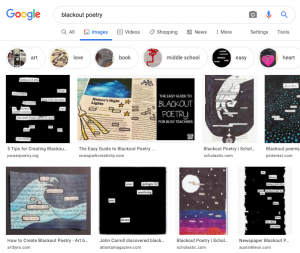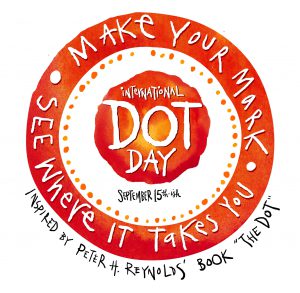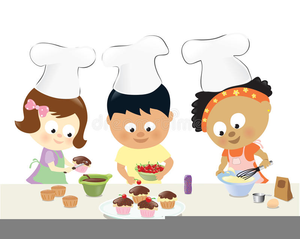 The purpose of news report writing is to inform an audience. A news report is a story that is currently happening or that just happened. Writing a news report is easy if you write about the subject in a style that is clear, concise, and active. One of the best practices for writers is to follow is using the Who, What, Where, When,Why, and How of a story.
The purpose of news report writing is to inform an audience. A news report is a story that is currently happening or that just happened. Writing a news report is easy if you write about the subject in a style that is clear, concise, and active. One of the best practices for writers is to follow is using the Who, What, Where, When,Why, and How of a story.
Spark your thinking!
1. Set up your language arts mini spark recording page: #50: News Report Writing
2. One should gather answers to the 5 W’s and H questions while writing about an event or something that happened. Record the 5 W’s and H on your recording sheet
3. Watch this video about the basics of writing a news report and take 5 notes on your recording page.
4. Visit, Scholastic Kids Press. Select an article and identify the 5 W’s in the story on your recording page
Choose number 5 ot 6
5. Complete the following News Report Writing activity. Look at the chart and choose a W for each part of the story. Write your report on your recording page.
6. Prepare your own new report about a current event. Add it to your recording page. OPTIONAL STEP: Set up your ipad and video yourself reading your report aloud.
7. Share your language arts mini spark recording page with your teacher/EY coordinator
